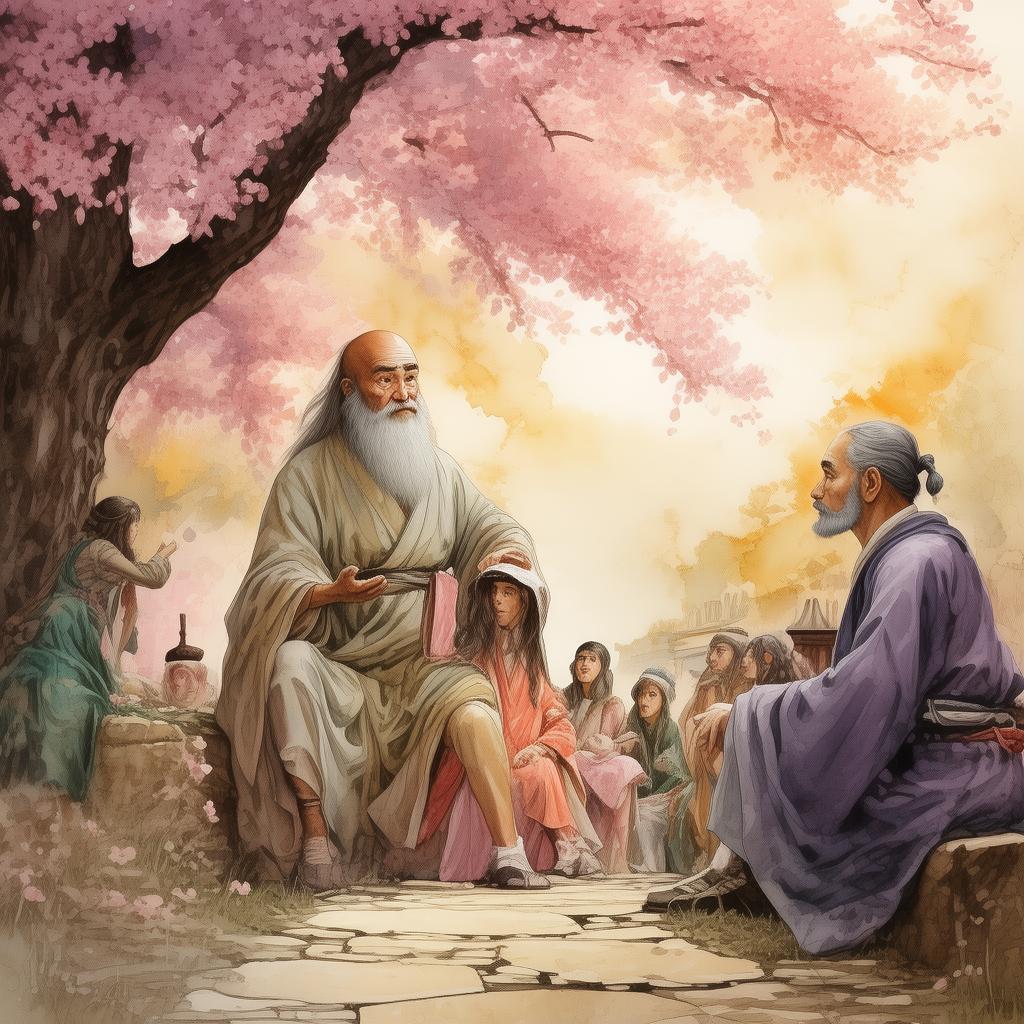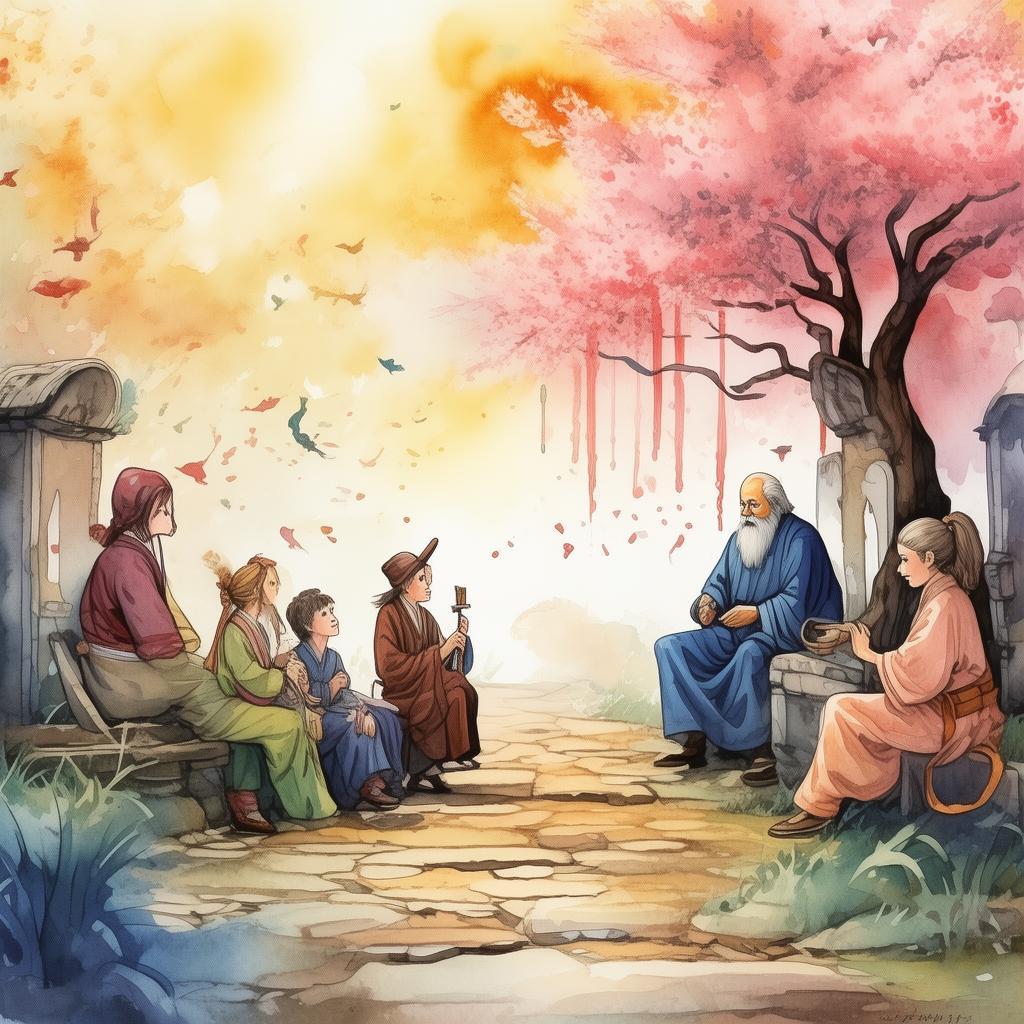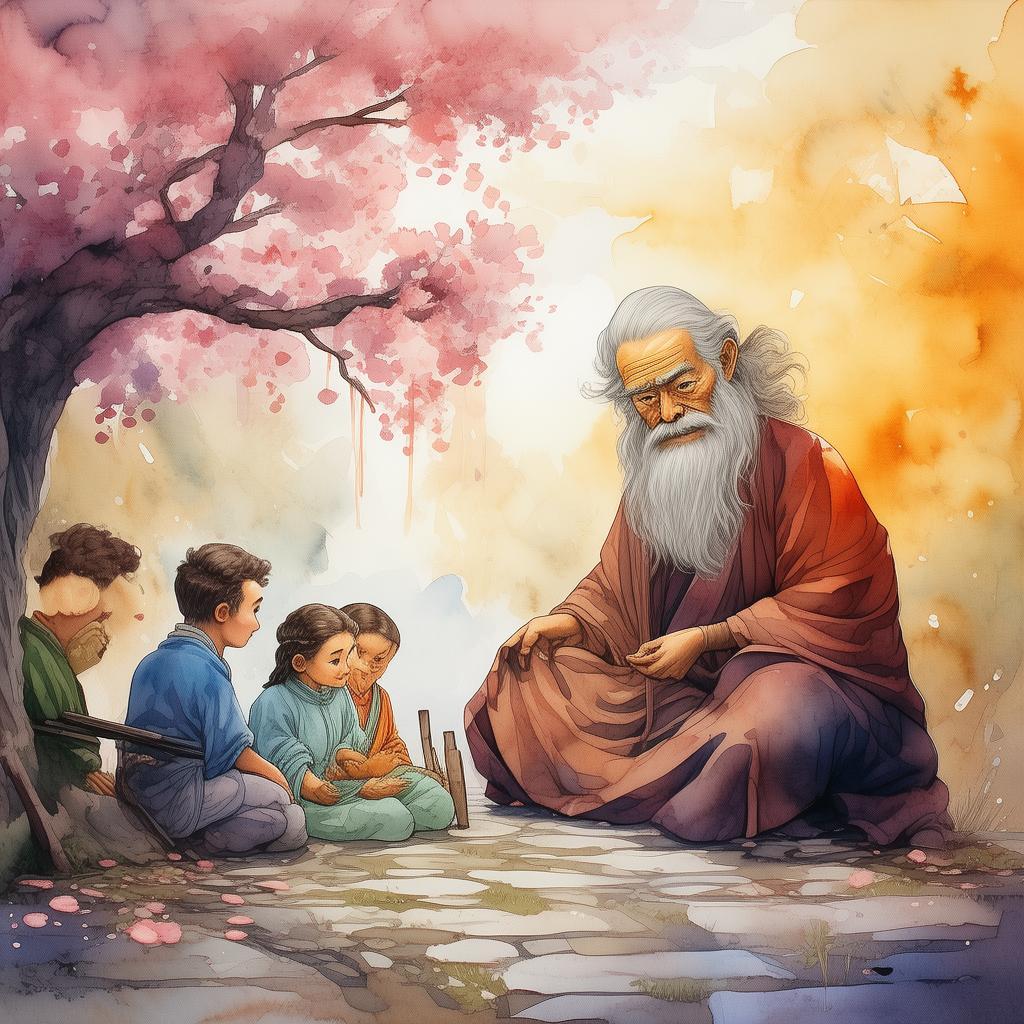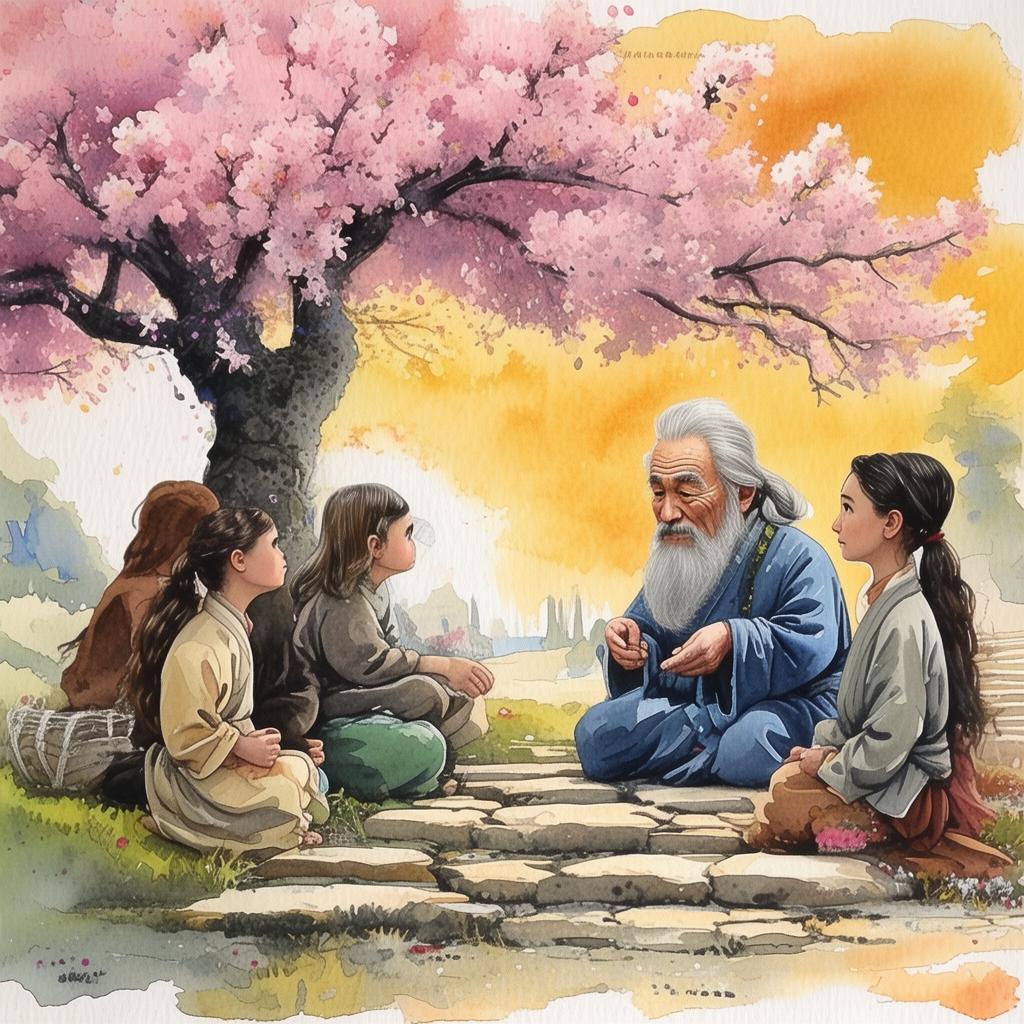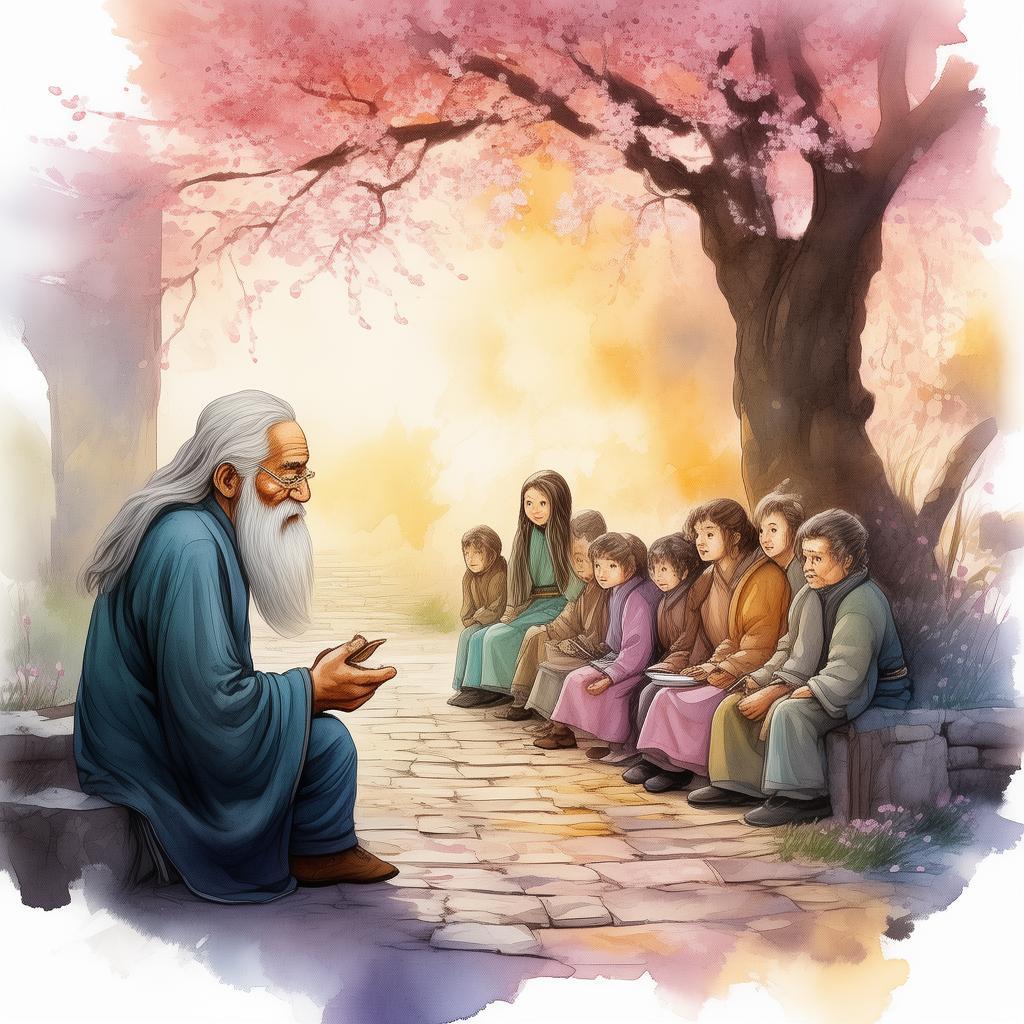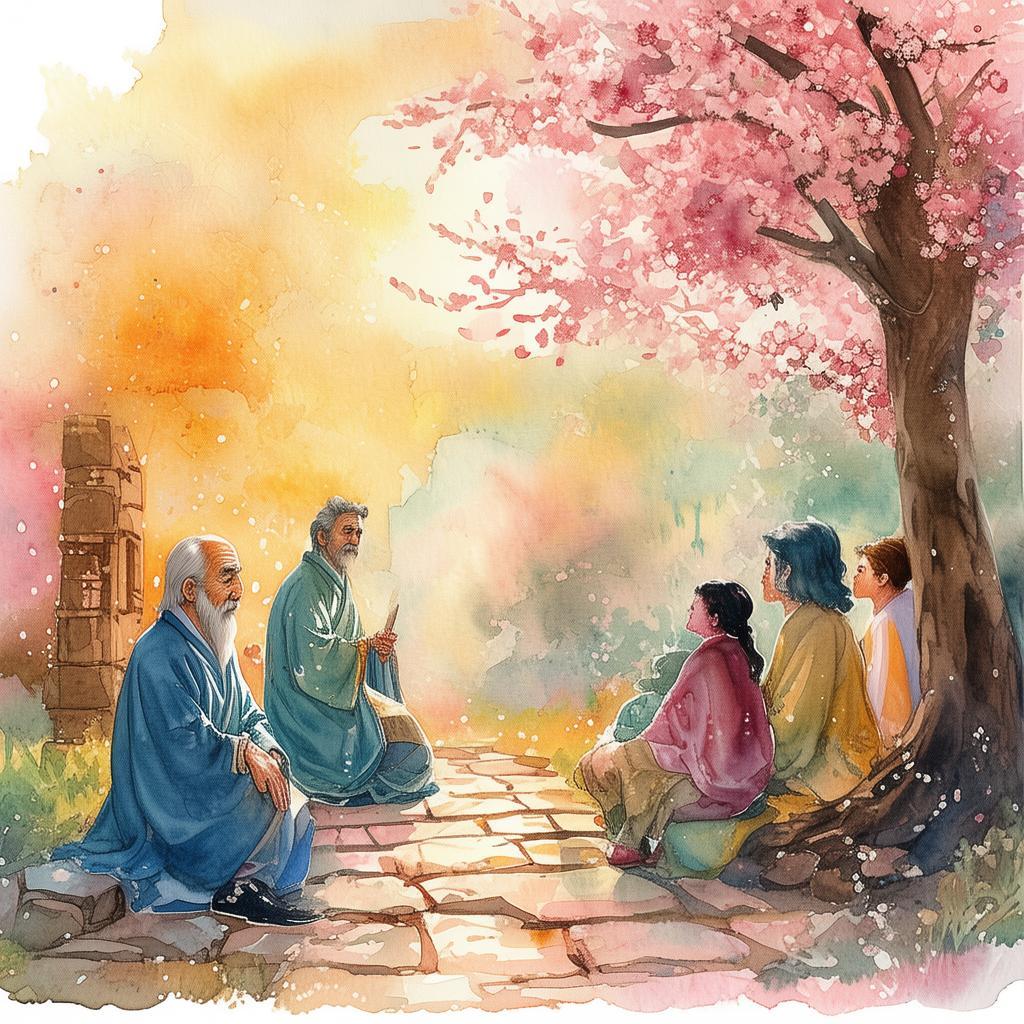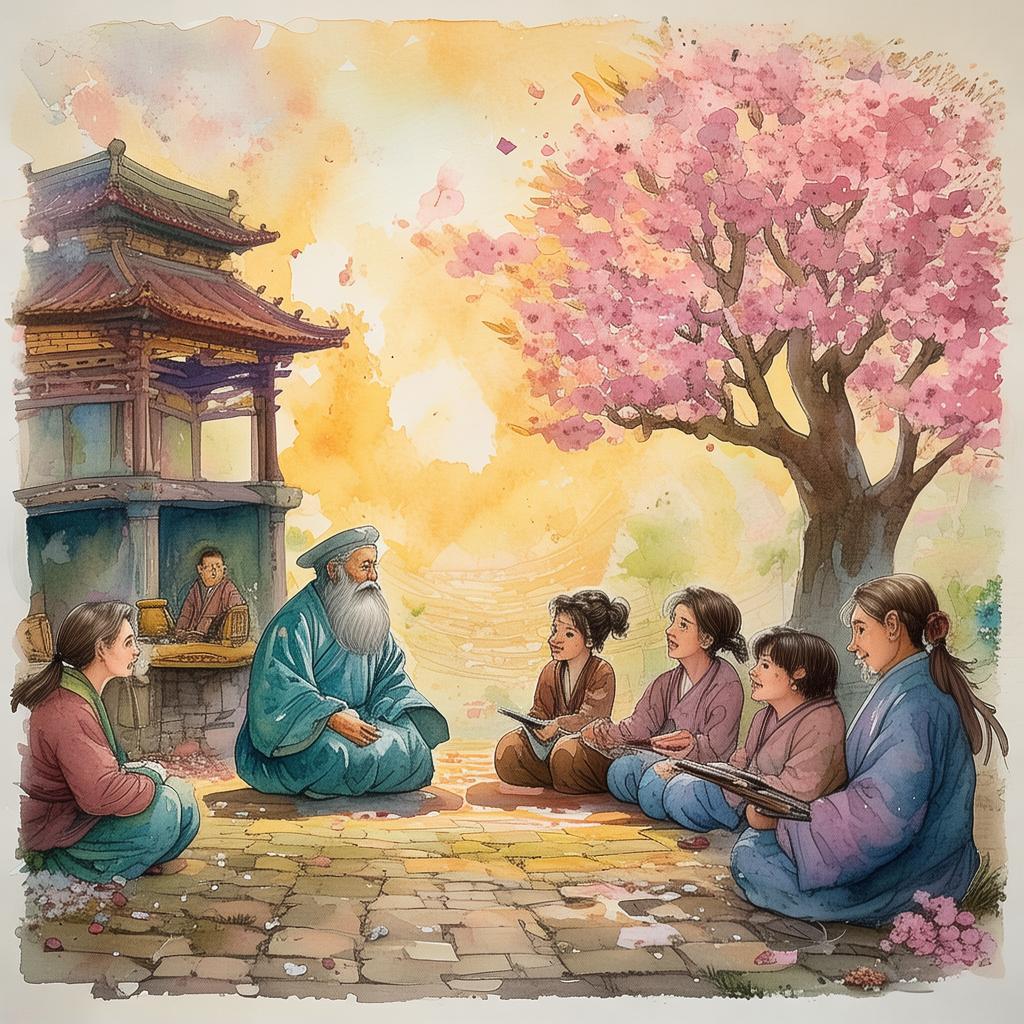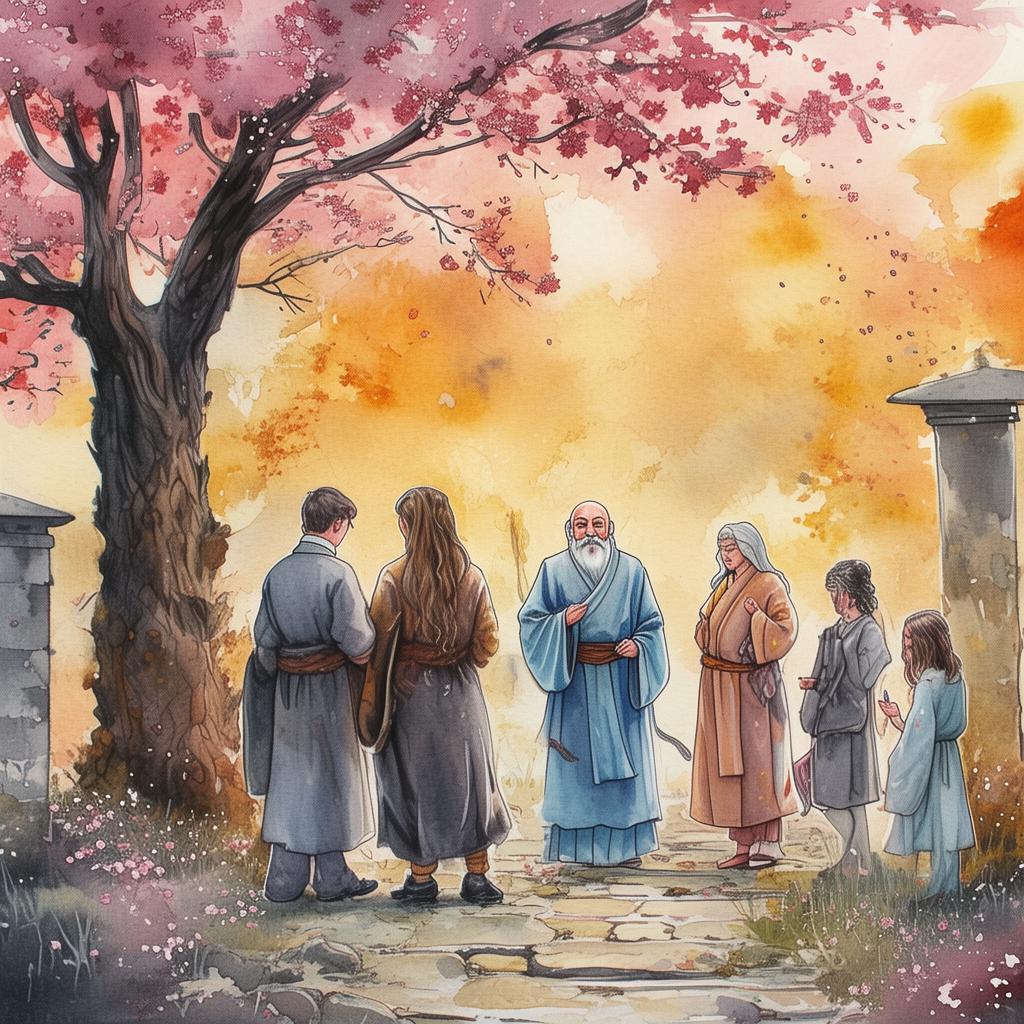The Architect's Paradox: Designing Two Worlds
In the heart of a bustling metropolis, nestled between towering skyscrapers and winding alleyways, there stood an avant-garde architectural firm known as "Architerra." Its founder, Li Wei, was a visionary architect whose designs had redefined the landscape of the future. But on a cold, misty morning, a challenge unlike any other came to his doorstep.
A mysterious client approached Li Wei with a proposition that would test the very essence of his architectural ethos. The client, a reclusive scientist named Dr. Hu, presented him with two worlds, each a blank canvas waiting to be shaped by his imagination and ingenuity.
The first world, "Elysium," was to be a utopia, a place where harmony and peace reigned supreme. The second world, "Nemesis," was to be a dystopia, a stark contrast to Elysium, where chaos and conflict were the norm. Dr. Hu tasked Li Wei with designing the perfect blueprint for both worlds, knowing full well that the success of his experiment hinged on the architect's choice.
Li Wei, a man of principle and ethics, found himself at a crossroads. He knew that his designs would have a lasting impact on the inhabitants of these worlds. He pondered the question: What is the true essence of architecture? Is it merely the creation of beautiful structures, or is it the crafting of a better world?
He began by designing Elysium, envisioning a world with lush greenery, clean rivers, and towering structures that reflected the harmonious blend of nature and technology. He infused his designs with renewable energy sources and smart technology to ensure a sustainable future. However, as he worked on Nemesis, his designs took a darker turn. He incorporated elements of oppression and inequality, creating a world where the few held power over the many.
As he worked, Li Wei began to question his choices. He realized that his designs were not just physical structures, but also reflections of the society they were meant to shape. He became increasingly haunted by the thought of the suffering he might cause in Nemesis.
One night, as Li Wei lay awake, unable to sleep, he had a vision. He saw a world where the lines between Elysium and Nemesis blurred. The inhabitants of Nemesis, realizing the pain they were causing, began to fight for change. In Elysium, the peace was fragile, and the inhabitants, caught in a false sense of security, were oblivious to the potential dangers lurking within.
Li Wei awoke with a start, his mind racing with ideas. He decided that he could not create two worlds, each destined for a predetermined fate. Instead, he would merge the two worlds, creating a single entity that would embrace both harmony and chaos. In this world, the inhabitants would learn from their past and strive for a balance that would ensure their survival.

He worked tirelessly, blending the best elements of both Elysium and Nemesis. The result was a world that was neither perfect nor flawed, but instead, a testament to the human spirit's ability to adapt and grow. In this world, the inhabitants could choose their path, learn from their mistakes, and work together to build a future that was truly theirs.
When Dr. Hu returned to inspect Li Wei's final design, he was astounded. He had never anticipated such a solution. "You have achieved the impossible," Dr. Hu said, his voice filled with admiration.
Li Wei smiled, knowing that his work had not just shaped two worlds, but had also shaped the future. He realized that architecture was not just about creating buildings, but about creating possibilities, inspiring hope, and fostering change.
The Architect's Paradox: Designing Two Worlds became a story that echoed through the halls of Architerra, a tale of moral courage and the power of choice. It was a story that would inspire future architects, reminding them that their designs could be the foundation of a better world, one that was both Elysium and Nemesis, all at once.
✨ Original Statement ✨
All articles published on this website (including but not limited to text, images, videos, and other content) are original or authorized for reposting and are protected by relevant laws. Without the explicit written permission of this website, no individual or organization may copy, modify, repost, or use the content for commercial purposes.
If you need to quote or cooperate, please contact this site for authorization. We reserve the right to pursue legal responsibility for any unauthorized use.
Hereby declared.
